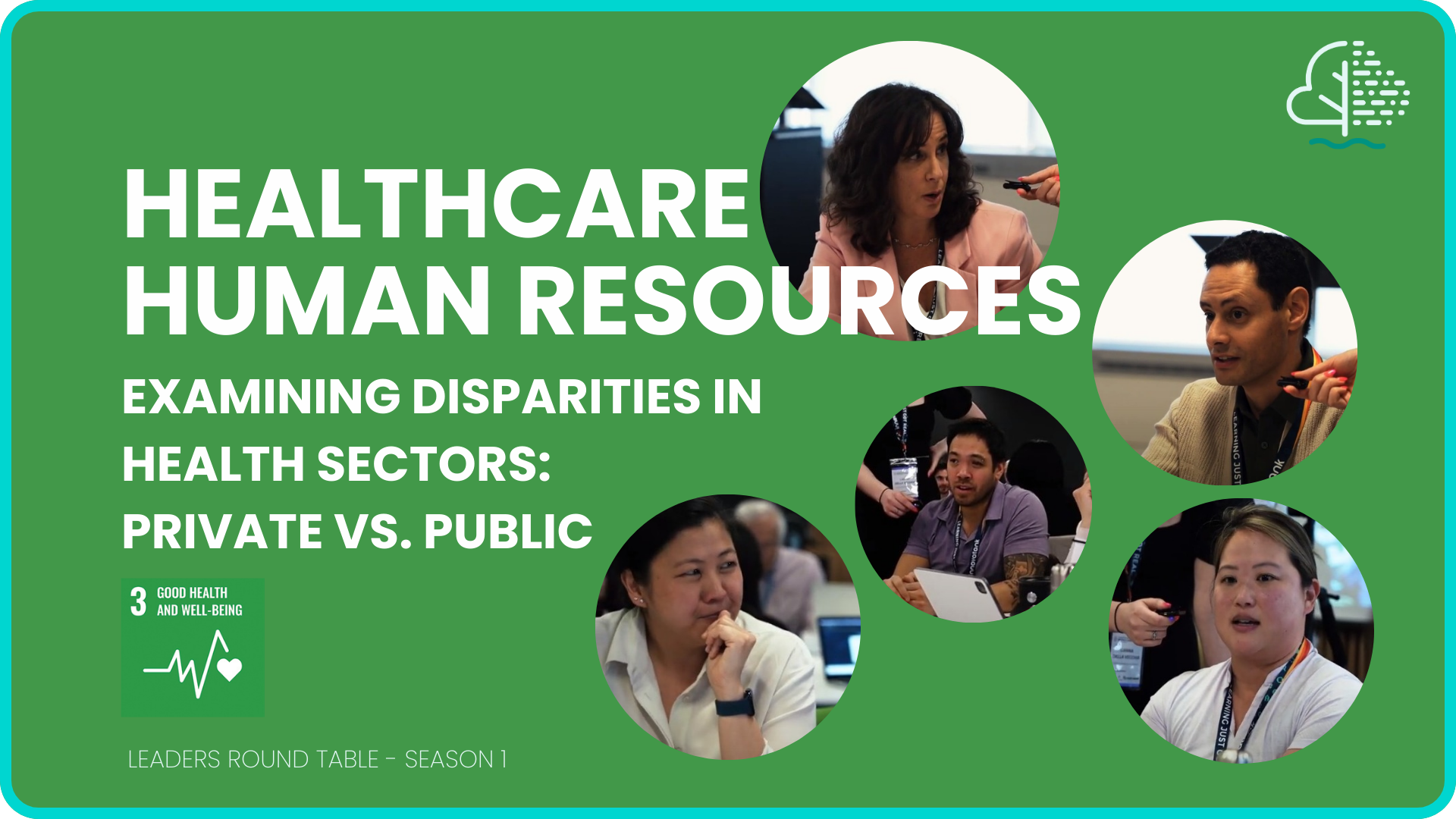Healthcare and Human Resources
Examining Disparities in Health Sectors: Private vs. Public
World XP Open Season 1
Summary
The discussion touches on challenges within the public healthcare system and the potential risks of leaning heavily into private healthcare. The public system bears significant risks, such as high-cost treatments. There’s concern that the private sector drains resources from the public sector, which assumes more significant risks. The emphasis is on the need to keep solutions within the public system, possibly integrating more professionals. However, issues like insufficient training spaces for doctors and limited job opportunities for trained professionals persist. For instance, in Quebec, while healthcare spending is low relative to GDP, healthcare professionals like doctors are well-compensated. Addressing these challenges requires political courage and strategic investments to cater to the professionals’ needs and ensure they can work effectively within their regions without disrupting their personal lives.
About the Leaders
- Andrea Yampolsky, President at AY Talent Inc.
- Karen Yum, Director of Human Resources at Falcon Environments
- Julie Yew Hin, Owner at Atelier Palestra
- Tatiana Hakim, Asset Management at Ivanhoé Cambridge
- Karen Azouri, Real Estate at eXp Realty Canada
- Ramy Fahmy, Board Member, Director, Industry Relations and Professional Services, AQPP
- Samuel Chan, Co-Founder at Optimal Stretch Clinic
- Ivan Wang, Student in Business Administration
- Tredy Delcar Méroné, Student in Business Administration
Action Plan: Addressing Public Healthcare System Challenges
Objective: Strengthen the public healthcare system by optimizing resources, training, and placement of professionals while mitigating the risks of a private system.
Public Healthcare Discussion:
Observation: The public system bears more significant risks, such as high-cost treatments, than the private sector.
Opinions:
– Emphasizing private healthcare may drain resources from the public sector.
– A balanced approach between public and private sectors is essential.
– Public sector emphasis does not negate the importance of private care but stresses resource optimization.
Training and Professional Placement:
– There’s a gap in professional training spaces, especially for doctors.
– Regions like Quebec pay healthcare professionals well, but resource allocation may be suboptimal.
– Professionals need transparent ‘Prem’ allocation, considering personal circumstances.
Symptoms vs. Problems:
– Resource drain from public to private is a symptom of deeper systemic issues.
– There’s a need to address the root causes, such as insufficient training or limited job opportunities.
Political Engagement:
– Political courage is required to negotiate with powerful professional syndicates.
– Investments are crucial for retaining professionals in the public system.
– Strategic political advocacy can lead to more substantial public healthcare investments.
Cost of Insufficient Public Healthcare:
– Lean public healthcare may result in high private sector reliance, leading to uneven risk distributions.
– The public sector’s reinforcement might lead to cost savings in the long run.
Communication Framework:
– Establish dialogues between professionals, syndicates, and policymakers for holistic solutions.
– Create platforms for feedback and collaboration, ensuring an aligned vision for public healthcare.
Advice for Policymakers:
– Focus on the long-term sustainability of the public healthcare system.
– Foster collaborations between public and private sectors, ensuring resource optimization.
– Prioritize professional development, ensuring doctors and healthcare workers are equipped to serve effectively.
Key Takeaway: Strengthening the public healthcare system requires a collaborative, strategic approach. Addressing core issues, fostering communication, and prioritizing professional development can lead to a more robust public healthcare system.




